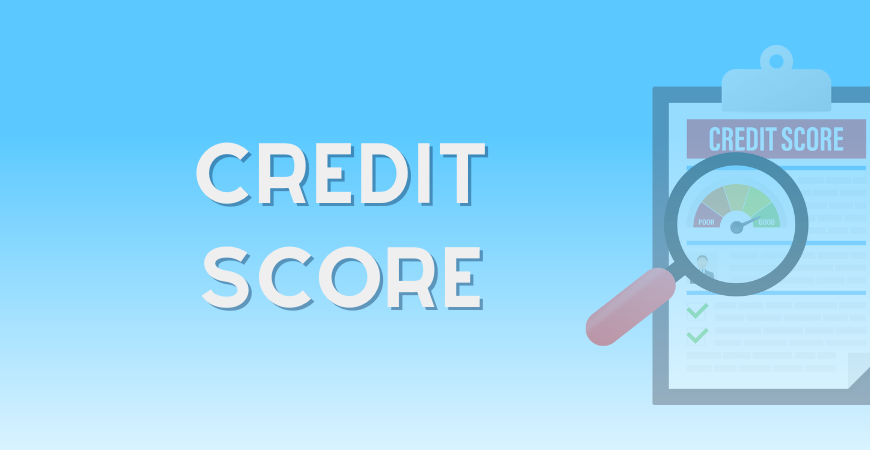
I have always been told to take care of my credit score and to be responsible with my credit. However, no one ever explained to me exactly how to do that or what exactly factors into my credit score. At 18 years old, I opened my very first credit card. I knew very little about building credit but what I did know is that having a good credit score opens up so many opportunities and I wanted to make sure to start building credit as soon as I was allowed to. It wasn’t until 6 months after I had opened my credit card that I found out what exactly what a credit score is made up of, this knowledge is something I believe we should all have prior to opening any credit account. Gaining this information will help you develop healthy habits that could lead to a significant credit score increase!
What is a credit score?
It might be helpful to back up a bit and explain exactly what a credit score is. Well, a credit score can be described as a number that helps lenders assess how well you have managed your financial obligations in the past. Your credit score is made up of 5 different components; payment history, amounts owed, length of credit, new credit and credit mix. I will be explaining these components further.
Payment History
35% of your credit score is made up of your payment history. This boils down to one question, are you paying your credit account bills on time? If your answer is yes, that is amazing and it will positively reflect on your credit score. If your answer is no, this will harm your credit score and any missed payments may stay on your credit report for up to 7 years. Make sure to pay your bills on time and always try to pay them in full to avoid any extra interest charges. A great way to never miss a payment is to set reminders on your phone/agenda or sign up for automatic payments.
Amounts Owed
Amounts owed can also be described as your credit utilization ratio, this makes up 30% of your credit score. This is essentially how much of your credit limit you are utilizing (divide your credit usage by your credit limit). It is recommended to keep your utilization ratio below 30%. The lower your utilization ratio, the better! The reason lenders might see a high utilization ratio as a red flag is because they could interpret it as overextending, thus setting you as a higher risk of default.
Length of Credit
Your length of credit is exactly what it sounds like, basically how long your credit accounts have been open, this makes up 15% of your credit score. Length of credit is a component that you really don’t have too much control over. As you grow older, your credit accounts will also grow, resulting in a healthier credit history. It takes years to have a good length of credit. Once you have begun to establish your credit history, it is very important to protect it! Make sure that you are positive about credit accounts when you open them, closing them in the near future can reduce your average length of credit, which could bring your score down a couple points.
Credit Mix
10% of your account is made up of your credit mix, which simply takes into account the diversity of your credit accounts. Two types of credit accounts are revolving accounts (credit cards, store credit cards, etc.) and installment accounts (mortgage loans, auto loans, etc.).
New Credit
New credit is classified as how many new credit accounts you have opened, this makes up 10% of your credit score. Opening a new credit account can help diversify your credit mix but it is important to note that opening too many credit accounts within a short amount of time can negatively affect your credit score. This is due to the fact that when you apply for a loan, credit card, mortgage or any credit account, the lender runs your credit which is called a hard inquiry. Too many hard inquiries within a short period of time, has the ability to reduce your credit score.
All in all
Your credit score does not define you, it is not something that should not be feared. However, it does factor into financial opportunities that are presented to you, it dictates whether you are offered a high interest rate on a loan or a low interest rate. It dictates where or not you will qualify for a loan to be able to purchase your dream car or your dream home. It is very important to learn what factors into your credit score and to build healthy habits to be able to use your credit accounts as tools to nourish a healthy credit score.
Author:
 Melissa Rodriguez
Melissa Rodriguez
Bobcat Financial Coach
Melissa is a Bobcat Financial Coach alumna at the University of California, Merced. Read more about her here!








